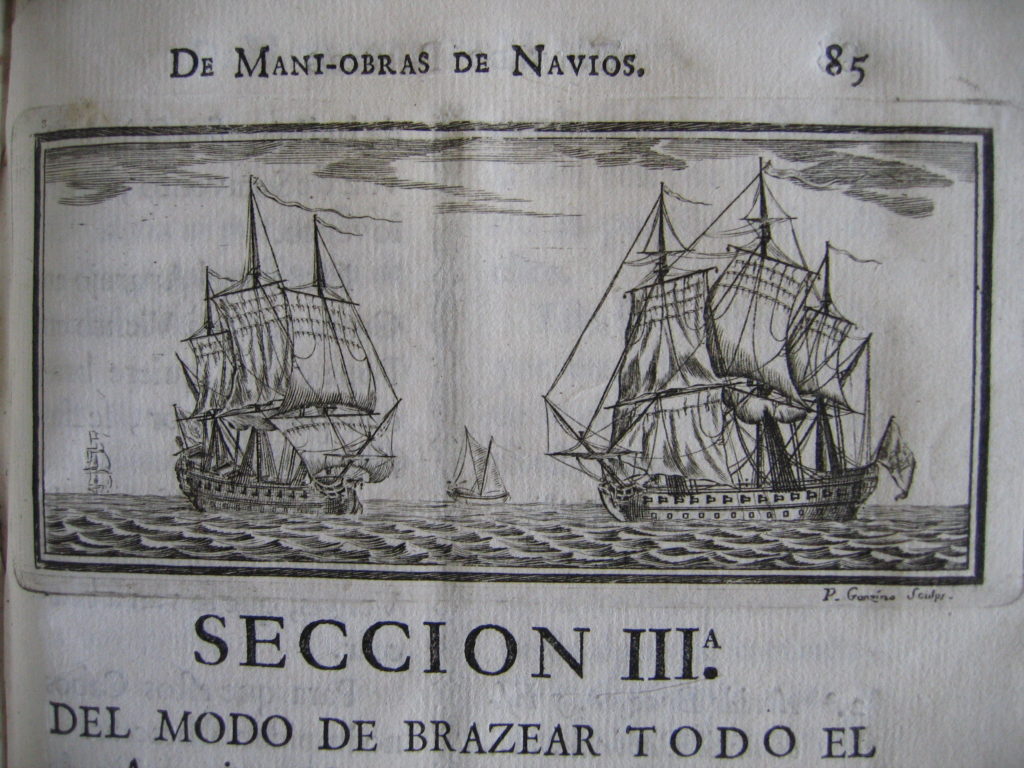MAGNÁNIMO

- Name: Magnánimo
- Type of vessel: military, vessel
- Flag: Spanish
- Date of sinking: 13 July 1794
- Cause: grounding, fog
- Location: Magnánimo Islet, Sisargas Islands
- Diving level: advanced
- GALP territory: Costa da Morte (Coast of Death)
- Nivel de buceo: avanzado
- Territorio GALP: Costa da Morte
HISTORY
The shipwreck that gave its name to the Sisargas islet
Property of the Spanish Navy, it was religiously dedicated to San Justo and San Pastor. It was built in Ferrol in 1754 under the direction of the naval engineer Guillermo Turner, following the English system and according to the Jorge Juan’s plans. It was a two-deck warship and belonged to the Twelve Apostles class, with 74 guns. After the shipwreck, the Magnánimo gave its name to the islet of Sisargas (Malpica, A Coruña) where it ran aground.
For the past three days, a thick fog had been blotting out the Galician coastline from the view of sailors. In view of the danger posed in these cases by the proximity to the coast, the ships planned to separate as far as possible.
From the flagship, the San Fernando, cannon shots were fired intermittently to mark the position of the rest of the fleet in the rear. The Magnánimo followed the admiral in line, not wanting to lose its position.
The wind was practically calm and the ships were not advancing more than one mile per hour. At nightfall on the 12th, both ships separated in order to avoid a possible collision. They were in the middle of this when at one o’clock in the morning a loud bang woke the commander, Ramón Topete, up and the rest of the crew who were off duty.
The fog was so dense that at first it was thought that they might have touched another ship of the squadron. Repeated crashes made it clear that they had run aground somewhere along the coast.
The appropriate measures were immediately taken; the rigging was secured, cannon shots and warning rockets were fired to prevent the rest of the following ships from suffering the same fate. At the same time the auxiliary boats were lowered into the water to sound out and survey the position. The conclusion was clear: the Magnánimo was literally wedged between the rocks.
They were surrounded by rocks that emerged from the sea and, in a few moments, several leaks sprung that even flooded the deck of the second battery. The loss was complete, so the only thing left to do was to save the people who had already gathered on deck awaiting orders. Upon realising that they were in the Sisargas Islands, it was decided to transfer the sick there first and then all those who were not needed on board.
There was one casualty among the nearly 600 crew
The next morning, 13 July 1794, the fog continued with equal density; visibility was less than a mile. The crew consisting of some 560 men was now safely on the island, although the loss of a marine infantryman who drowned was regretted.
Although exhausted, without food and water, which was stowed in the submerged part of the vessel, the crew was dedicated to the hard work of salvaging as much as possible from the ship. They continued to fire cannon shots in distress, but it was difficult for the rest of the fleet to get an accurate picture of their situation.
Receiving help was unlikely in such circumstances. Besides, none of the commanders would risk their ship in the fog between the cliffs.
After the shipwreck, part of the stores and artillery, consisting of seventy-four 24, 18 and 8 pound guns, were salvaged. The Magnánimo was possibly lined with copper.
In 1970 there is evidence that several pieces of artillery were extracted from the shipwreck.


GALLERY



